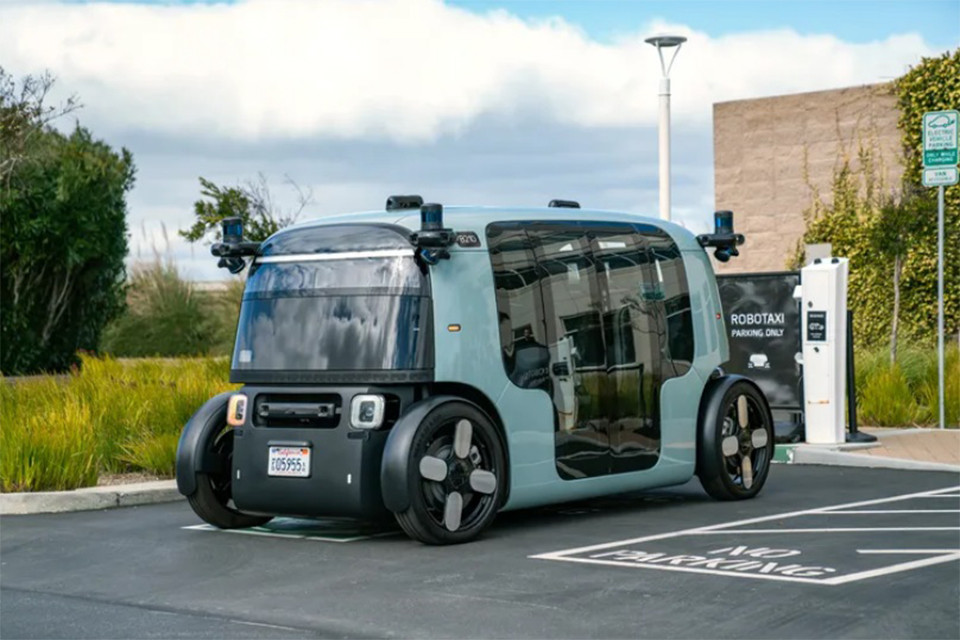The concept of a driverless robotic taxi, or robotaxi, has long captured people’s imaginations as a futuristic form of transportation. However, it now appears robotaxis are finally on the cusp of becoming a reality thanks to advances in self-driving vehicle technology. While still in their early stages of deployment, several companies are beginning to launch robotaxi services that could transform how we get around in cities.
Early Adopters Testing the Waters
Some of the biggest names in technology have been working to develop and deploy robotaxi services in limited areas over the past couple years. Waymo, the self-driving unit of Google’s parent company Alphabet, has been operating an early Robotaxi service called Waymo One in Chandler, Arizona since 2020. Riders can hail a Chrysler Pacifica minivan equipped with Waymo’s autonomous driving system using the Waymo app. So far the rides have taken place within a 100 square mile region but the goal is to eventually expand the service area.
Another leader in the robotaxi arena is GM’s Cruise subsidiary. Cruise has been offering paid robotaxi rides without human safety drivers in some parts of San Francisco since late 2021. However, the service remains tightly controlled and availability is limited. Cruise aims to scale up operations and lower fares over time as its technology continues to advance. Baidu has also launched a small robotaxi service using its Apollo self-driving system in China, focused on transporting passengers between multiple streets in Beijing.
The successes and challenges faced by these early robotaxi pioneers provide useful lessons that could help other entrants refine their strategies as they work towards commercialization. While the initial rollouts have proven the viability of driverless ride-hailing on confined routes, achieving true large scale deployment will require overcoming substantial technical, operational, and regulatory hurdles.
Addressing Safety and Scalability
Ensuring the safety of passengers and other road users is the paramount concern for makers of self-driving vehicles. The robotaxi operators have been reducing accident rates through simulated testing, but real world experience remains limited. To convince regulators and gain public acceptance, companies must demonstrate their autonomous systems can handle the immense complexity of dense urban driving with consistently high reliability. Gathering vast amounts of operational data will be key to continuously improving safety standards over time as more miles are driven autonomously.
Substantially expanding service areas while maintaining high service levels will also pose major logistical challenges. Companies must deploy fleets of robotaxis at scale, balance rider supply and demand across neighborhoods efficiently, and address issues like vehicle maintenance and charging infrastructure. The shift to driverless operation demands completely reimagining business models and workforce roles. Close coordination with local governments on everything from traffic rules to emergency response procedures will also be indispensable in scaling robotaxi services citywide.
Partnerships Key to Accelerating Adoption
No single company can likely tackle all the hurdles to widespread robotaxi deployment alone. That’s why collaborations between technology firms, traditional automakers, ride-hailing services, cities, and other stakeholders will prove vital in the years ahead. Some noteworthy recent partnerships include Cruise teaming up with GM to integrate autonomous tech into GM’s EV models, and Waymo inking deals to explore robotaxi services with rideshare apps like Lyft.
Automakers stand to gain from partnerships by leveraging the self-driving know-how of technology specialists, while tech firms gain vehicle manufacturing and distribution capabilities. For cities, ambitious robotaxi initiatives could deliver environmental and congestion benefits if mass adoption reduces privately owned vehicle use. Integrating robotaxis with public transit will best maximize these sustainability impacts. Successful partnerships that address obstacles from multiple angles could help accelerate the arrival of driverless ride-hailing as a mainstream transportation mode in major population centers worldwide.
Regulations and New Business Models
Navigating a maze of state and national regulations governing self-driving vehicles is vital for robotaxi companies. Most operate currently under testing permits but aim for full deployment approval. Developing standards for issues like cybersecurity, data privacy, and oversight could enable large-scale rollout sooner. Regulations must balance innovation and safety.
New business models are also needed. Rather than individual car ownership, consumers may subscribe to robotaxi services or pay usage-based fares. This could help optimize vehicle usage and lower costs. Fleet operators may generate revenue through advertising, routing analytics for municipalities, or ancillary services like deliveries for e-commerce. As autonomous technology continues to improve accessibility for those unable to drive, robotaxis may one day become crucial for mobility equity as well.
The Future is Coming into Focus
While considerable challenges remain, the extensive efforts underway indicate autonomous ride-hailing could significantly reshape transportation in the coming years. For the first time, a future with urban robotaxis doing short-haul trips appears to be coming into reasonably sharp technological and business focus. Riders may hail a driverless vehicle right from their smartphone and pay per use. This could provide mobility options for those who cannot or choose not to drive while reducing emissions and road congestion. With continued progress and cooperation between diverse parties, the robotaxi vision of the future may arrive sooner than once imagined. Exciting advances still lie ahead, but the industry has undoubtedly taken major strides towards making ubiquitous robotaxis a reality in the not-too-distant future.
*Note:
1. Source: Coherent Market Insights, Public sources, Desk research
2. We have leveraged AI tools to mine information and compile it



